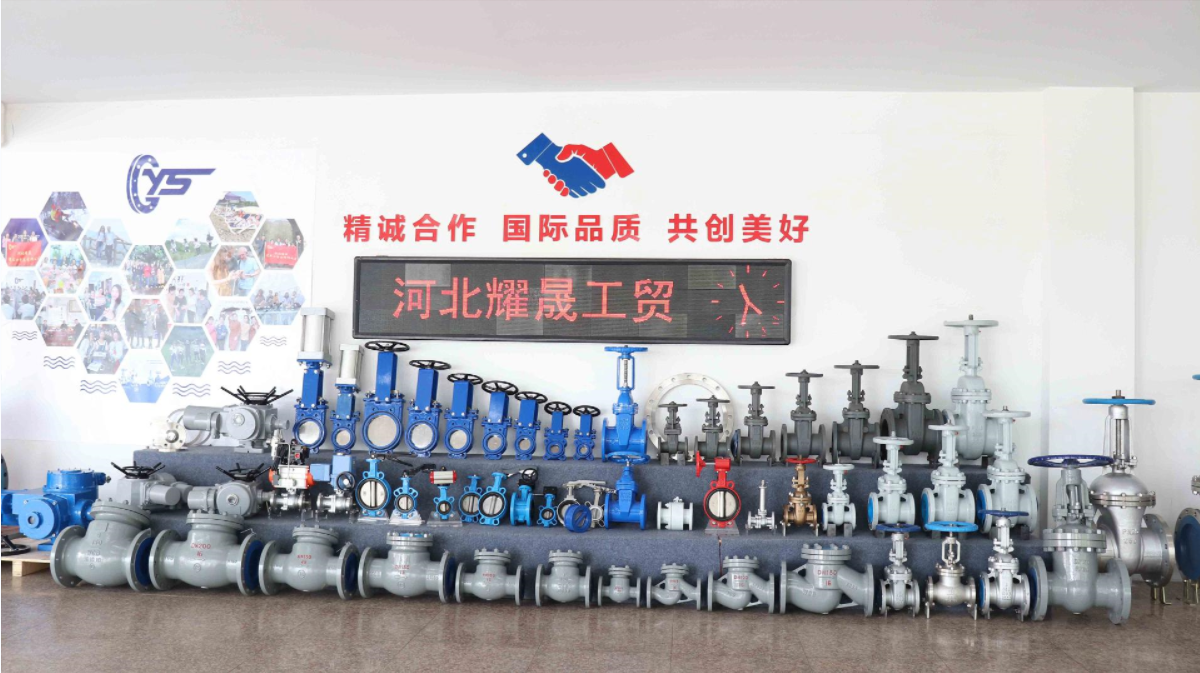Exploring the Functionality and Benefits of the 10k Needle Valve in Fluid Control Systems
Understanding the 10k Needle Valve A Critical Component in Fluid Control
In the world of fluid dynamics, precision and control are paramount, and one of the essential components that facilitate this control is the needle valve. Among various types, the 10k needle valve stands out for its design, functionality, and broad range of applications. This article explores the significance of the 10k needle valve, its construction, working mechanism, and its industrial relevance.
What is a Needle Valve?
A needle valve is a type of linear acting valve characterized by a slender, tapered disc, or “needle,” that connects to a threaded stem. This design allows for fine adjustments in flow rates, making it an ideal choice for precision applications. The 10k needle valve typically indicates a valve rated for a working pressure of 10,000 psi, which is crucial in high-pressure systems commonly found in various industrial applications.
Construction and Design
The 10k needle valve is crafted from durable materials such as stainless steel or high-grade alloys to withstand immense pressure and corrosive fluids. Its construction includes a body, a bonnet, a stem, and a seat. The body houses the flowing media, and the seat allows the needle to control the flow as it moves up and down. The threaded stem adjusts the position of the needle, enabling intricate control over the fluid’s flow rate.
Moreover, the 10k rating signifies that the valve can be safely operated at high pressure, making it suitable for applications in oil and gas, chemical processing, and high-pressure water systems.
Working Mechanism
10k needle valve

The operation of a needle valve involves turning the threaded stem, which raises or lowers the needle into or out of the seat. By adjusting the depth of the needle into the seat, the cross-sectional area through which the fluid passes changes, allowing for precise control over the flow rate. This capability is particularly important in scenarios where accurate measurements of fluid flow are necessary, such as in laboratory settings or specialized equipment.
The slow and gradual change in flow rate provided by needle valves allows for a nuanced control that is often not achievable with other types of valves, like ball or gate valves, which either open or close fully.
Applications
The applications of 10k needle valves are diverse and widespread. They are commonly used in the oil and gas industry for controlling flow rates of liquids and gases under high pressure. Additionally, they find use in hydraulic systems, laboratory equipment, and instrumentation where precise flow control is necessary.
Moreover, in the chemical processing sector, the ability to finely tune the flow can significantly impact reaction rates and product yields, making the 10k needle valve a vital component in manufacturing processes.
Conclusion
In summary, the 10k needle valve is an indispensable tool in fluid control systems requiring high precision and durability. With its robust construction and exceptional control capabilities, it is well-suited for high-pressure applications across various industries. Understanding its design and functionality can lead to improved system performance, highlighting the importance of incorporating quality needle valves into fluid management systems. Whether in industrial settings or sophisticated laboratories, the 10k needle valve remains a reliable solution for ensuring safe and effective fluid control.
-
3 types of check valves maintenance tipsNewsAug.23,2025
-
Ball valves types with trunnion mounted designNewsAug.23,2025
-
Butterfly valve company production capabilitiesNewsAug.23,2025
-
Fisher globe valve technical specificationsNewsAug.23,2025
-
Types of gaskets for flanges selection guideNewsAug.23,2025
-
Wedge gate valve suppliers quality standardsNewsAug.23,2025
-
Breakthrough in Domestic Low Temperature Valve Technology in ChinaNewsAug.18,2025




